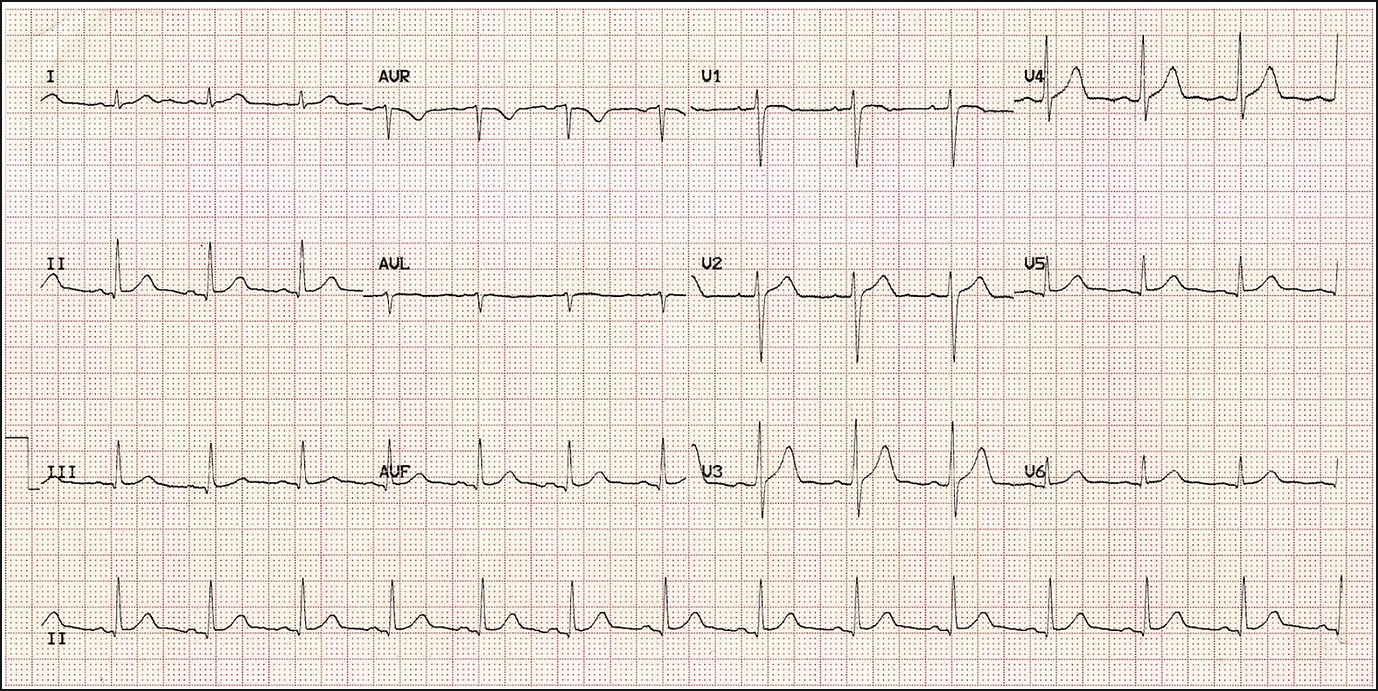Tachy-arrhythmias
Learn about the life threatening arrythmias ventricular fibrillation and ventricular tachycardia as well as different types of atrial tachycardias
Normal Rhythm:

Ventricular Tachycardia (shockable):
This is an important rhythm to recognise. Here the electrical activity originates in the ventricles rather than the SA node
This is a broad complex tachycardia and so the QRS complexes are wide. There is also an absence of any P-waves. The heart rate will be fast as well.
If you look at aVR the reading in this lead is positive where in a normal ECG it is always negative.
The most important thing about this rhythm is that the patient could become haemodynamically unstable.

Ventricular Fibrillation (shockable):
This is the most important shockable rhythm as the patient will become haemodynamically unstable.
There is chaotic irregular deflections at a rate up to 500bpm. The amplitude will decrease with time all the way to asystole if defibrillation is not performed.
Can't identify P, QRS or T waves

Atrial Fibrillation:
This is an ECG of atrial fibrillation.
The rhythm is irregularly irregular and this can be felt if you feel the patient's pulse.
There is also an absence of any P-waves, just small fibrillations.
Always consider the risk of thromboembolism and consider giving warfarin

Atrial Flutter:
This should be differentiated from atrial fibrillation.
Look at the rhythm strip. In atrial flutter there appears to be lots of P-waves in between each QRS. These P-waves have a sawtooth appearance as opposed to atrial fibrillation where there is a lack of P-waves and all you can see are small oscillations in the line between irregularly spaced QRS complexes.
In atrial flutter the QRS complexes are regularly spaced as well which is different to atrial fibrillation

